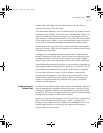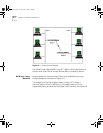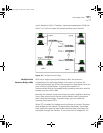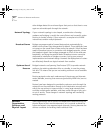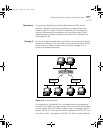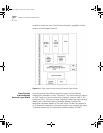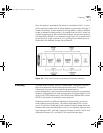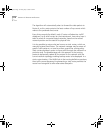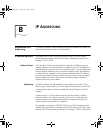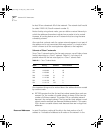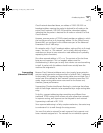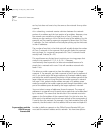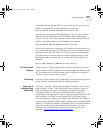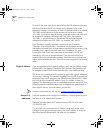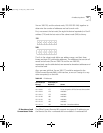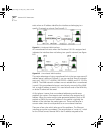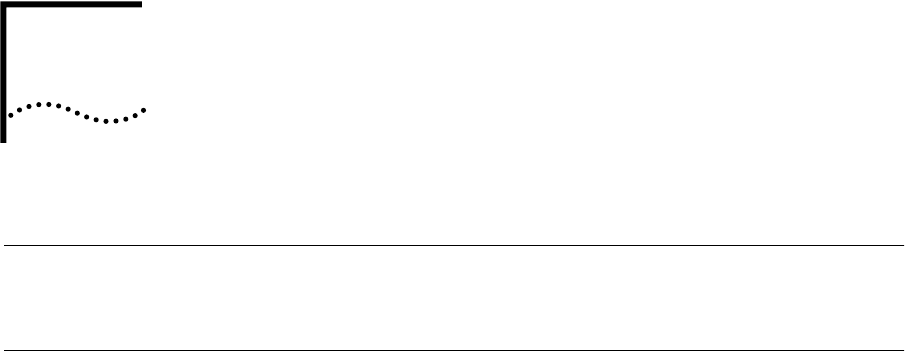
B
IP A
DDRESSING
Introduction to IP
Addressing
This section contains a brief introduction to the IP addressing scheme for
administrators that are new to the IP protocol.
IP Addressing Basics
IP addresses are 32 bits long and generally written in what is called
dotted decimal notation: four decimal values separated by periods. For
example: 192.77.203.5.
Address Classes In IP, the same 32 bits can be divided in a number of different ways to
indicate networks and sub-networks of different sizes. The IP Network is
identified by the number of bits in the network mask. The node addresses
are not physical addresses of your network interface cards, but arbitrary
numbers that are mapped to those physical addresses later. This allows
you to accommodate varying network structures from a small number of
network segments with huge numbers of nodes to large numbers of
networks with only a few nodes.
Subnetting A large IP network can be subdivided into smaller subnetworks. This is
done using a subnet mask (in this text, often called netmask), which tells
a routing device how to further subdivide the Host ID portion of an IP
address.
A subnet mask is a 32-bit value which also can be written in dotted
decimal notation. It contains a number of bits set to 1 (indicating the
network portion of an address) followed by a number of bits set to 0
(indicating the host portion of an address).
For example, a netmask of 255.255.255.0 on a Class B network would
indicate that the network is divided into 254 sub-networks of 254 nodes
each (0 and 255 are reserved numbers). For example, 128.5.63.28 would
840ug.book Page 1 Friday, July 7, 2000 2:23 PM



